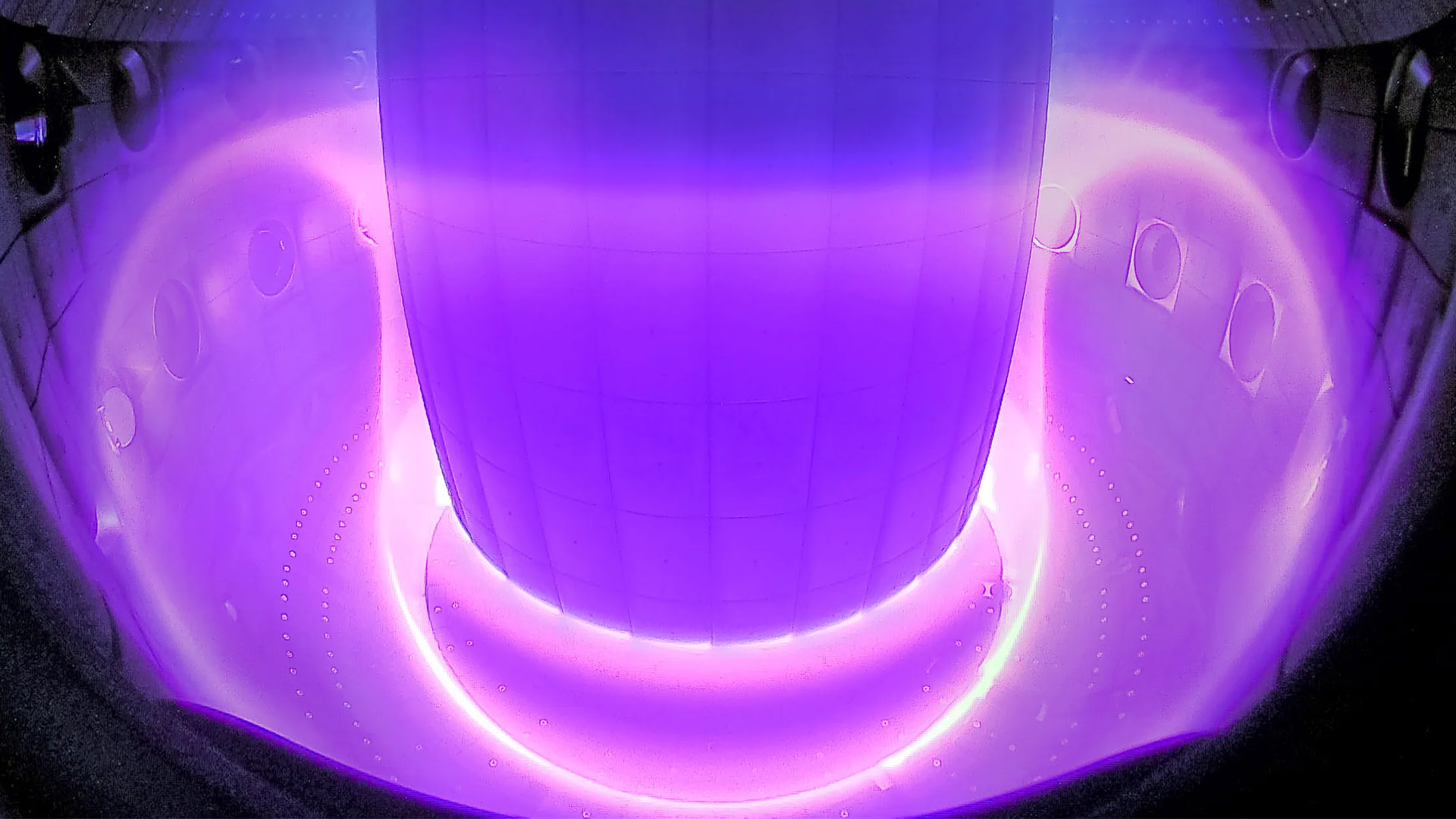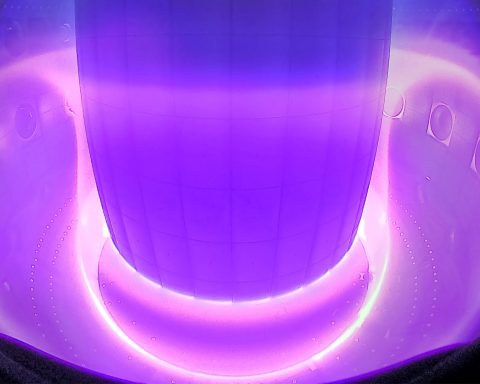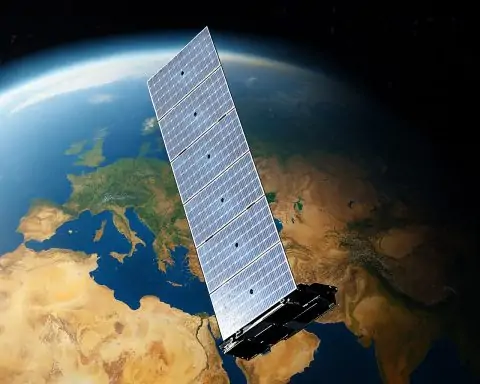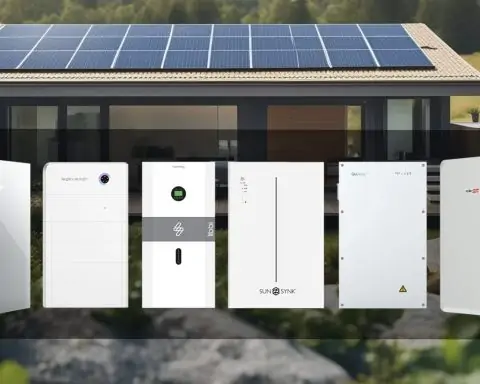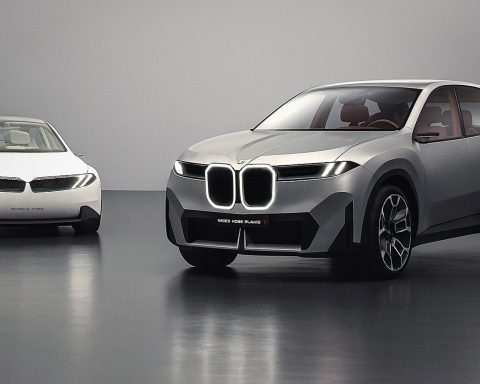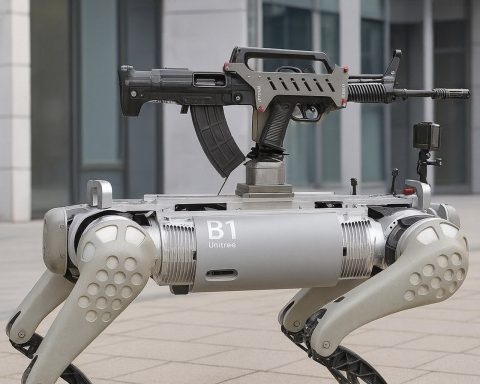- Early 2010s baseline: In 2013–2014, NIF fusion yields were in the tens of kilojoules (≈14 kJ in Sept. 2013; ≈27 kJ in Feb. 2014), well below today’s megajoule levels. Lasers at LLNL
- Crossing the megajoule line: On Aug. 8, 2021, NIF produced >1.3 MJ, roughly 100× the 2013 yield—putting researchers “at the threshold of ignition.” llnl.gov
- First laboratory ignition: On Dec. 5, 2022, LLNL achieved fusion ignition: 2.05 MJ of laser energy in, 3.15 MJ out (target gain > 1). This result has since been peer‑reviewed in PRL. llnl.gov
- Sustained progress in 2023: LLNL surpassed the 2022 shot with 3.88 MJ (July 30), achieved 2.4 MJ (Oct 8), and 3.4 MJ from a record 2.2 MJ laser (Oct 30). Lasers at LLNL
- Breaking 5 MJ: In Feb. 2024, NIF produced an estimated 5.2 MJ—more than twice the energy delivered to the target (2.2 MJ). Annual Report
- New records in 2025: On Apr. 7, 2025, NIF reached 8.6 MJ with 2.08 MJ on target (target gain ≈ 4.13), the highest yield and gain so far. Lasers at LLNL
- Context: NIF isn’t a power plant. Each shot uses roughly 330 MJ of electrical energy to pump the flashlamps that drive the lasers—so “facility‑level” energy gain remains < 1. Lasers at LLNL
- What’s next: A proposed Enhanced Yield Capability (EYC) would lift laser energy from 2.2 MJ to 2.6 MJ; simulations estimate 30+ MJ yields with a potential completion around 2032, pending funding. Lasers at LLNL
The story: from kilojoules to megajoules
Just a decade ago, the National Ignition Facility (NIF) at Lawrence Livermore National Laboratory (LLNL) was coaxing tens of kilojoules of fusion energy from tiny fuel capsules—≈14 kJ in late 2013 and ≈27 kJ in early 2014. Those experiments were crucial: they established the role of alpha‑particle self‑heating, a prerequisite to ignition, and marked the first steps out of the kilojoule era. Lasers at LLNL
Theory suggested that achieving a “burning plasma”—where fusion‑born alpha particles do most of the heating—would require on the order of ~50 kJ of fusion yield in NIF‑like implosions. By 2021, researchers had not only crossed that threshold but vaulted far beyond it. On Aug. 8, 2021, NIF produced >1.3 MJ, ~100× the 2013 yield and a decisive step to ignition. Physical Review Links
The milestone everyone had awaited arrived on Dec. 5, 2022: fusion ignition in the laboratory. With 2.05 MJ of ultraviolet laser light delivered to the target and 3.15 MJ of fusion energy out, LLNL exceeded target breakeven for the first time. The Department of Energy publicly announced the result, and the physics details have since been peer‑reviewed in Physical Review Letters. llnl.gov
2023–2025: from one‑off to repeatable, and then record‑breaking
After 2022, the question wasn’t “if” but “how often and how much.” In 2023, LLNL both repeated ignition and raised yields: 3.88 MJ (July 30), 2.4 MJ (Oct 8), and 3.4 MJ with a record 2.2 MJ laser shot (Oct 30). These shots began to show ignition could be achieved repeatedly with careful control of symmetry, mix, and drive. Lasers at LLNL
In February 2024, LLNL reported an estimated 5.2 MJ yield—more than double the 2.2 MJ laser input—pushing efficiencies and diagnostic capabilities while validating new target and hohlraum refinements. Annual Report
Then came the April 7, 2025 leap: 8.6 MJ of fusion energy from 2.08 MJ on target (target gain ≈ 4.13), accompanied by a 456‑terawatt peak power pulse. By mid‑2025, LLNL had documented multiple ignition shots (including a Los Alamos–led campaign in June), cementing the start of a multi‑megajoule era at NIF. Lasers at LLNL
What changed under the hood?
Three themes underpin the climb from kilojoules to multi‑megajoules:
- Alpha heating and burning plasmas. As yields rose above tens of kilojoules, self‑heating by fusion‑born alpha particles drove a runaway feedback—the “burning plasma” phase—amplifying output and paving the way to ignition. Physical Review Links
- Better targets, better symmetry, better modeling. Progress hinged on smoother diamond (HDC) capsules, improved hohlraum designs, and high‑fidelity 3D simulations and diagnostics that controlled asymmetries and hydrodynamic instabilities shot‑to‑shot. Lasers at LLNL
- More laser energy (and smarter coupling). Pushing delivered laser energy from ~2.0 MJ to 2.2 MJ while refining how that energy couples to the capsule helped lift yields from 3.15 MJ (2022) to 5.2 MJ (2024) and 8.6 MJ (2025). llnl.gov
Peer‑reviewed analyses of the 2022 ignition shot reveal telltale physics—hohlraum reheating and a clear target gain > 1—consistent with robust ignition conditions and a self‑heating burn. Physical Review Links
The fine print: “target gain” vs. “facility gain”
When headlines say “more energy out than in,” they refer to energy on the target (laser energy delivered to the capsule/hohlraum). In 2022, NIF’s 3.15 MJ exceeded the 2.05 MJ delivered—target gain ~1.5—and the April 2025 shot reached ~4.13. But NIF’s flashlamp‑pumped lasers require ~330 MJ of electrical energy to charge the laser system for each shot. That is why, at the facility level, these experiments do not yet represent net electricity. NIF is an experimental facility optimized for physics, not for energy production. Physical Review Links
Why this still counts as a breakthrough
First‑of‑a‑kind ignition matters for two reasons:
- National security: NIF’s core mission is the Stockpile Stewardship Program—delivering data on extreme states of matter that are otherwise inaccessible since underground nuclear testing ceased. Ignition‑class shots expand that scientific reach dramatically. llnl.gov
- Fusion energy science: Ignition validates the physics playbook (alpha self‑heating, burning plasma, symmetry control) that future, purpose‑built inertial fusion energy (IFE) systems can leverage—ideally with diode‑pumped, high‑efficiency lasers and high‑repetition‑rate operation appropriate for power production. llnl.gov
What’s next: turning breakthrough physics into usable platforms
LLNL is now preparing to scale performance and utility:
- Enhanced Yield Capability (EYC): A proposed upgrade would raise NIF’s laser energy from 2.2 MJ to 2.6 MJ through modest amplifier and optics changes. Experimental design simulations indicate 30+ MJ yields are plausible; with funding, completion could be around 2032. Lasers at LLNL
- Operational focus: LLNL’s plan emphasizes multi‑MJ applications, better statistics (more repeatable high‑yield shots), and platform development to support both stewardship and energy‑relevant science throughout the 2020s. Lasers at LLNL
Bottom line
In a little over a decade, LLNL has pushed inertial fusion from ~10–30 kJ yields into a regime of multi‑megajoule output—culminating (so far) in 8.6 MJ and a target gain over 4. That’s a massive leap in fusion performance—one that doesn’t yet make grid power, but does prove the physics can be driven, repeated, and strengthened. The next chapter is engineering: higher‑efficiency lasers, higher shot rates, and robust target platforms. On that foundation, today’s “megajoule era” could become tomorrow’s practical fusion technology. Lasers at LLNL
Sources and further reading
- LLNL “Ignition” and milestone pages (background, mission, timeline). llnl.gov
- DOE press release on Dec. 2022 ignition. The Department of Energy’s
- PRL special issue papers on the 2022 ignition shot. Physical Review Links
- LLNL Annual Report FY‑2024 (5.2 MJ). Annual Report
- LLNL “Achieving Fusion Ignition” (8.6 MJ April 2025; ignition shot log). Lasers at LLNL
- LLNL Power Conditioning System (≈330 MJ electrical per shot). Lasers at LLNL
- NIF status briefing (EYC: 2.6 MJ lasers; 30+ MJ simulated yields; ~2032 timeline if funded). Lasers at LLNL
Note: “Target gain” (> 1 in 2022; ~4.13 in April 2025) compares fusion energy produced to laser energy delivered to the target, not to the full facility’s wall‑plug energy.
